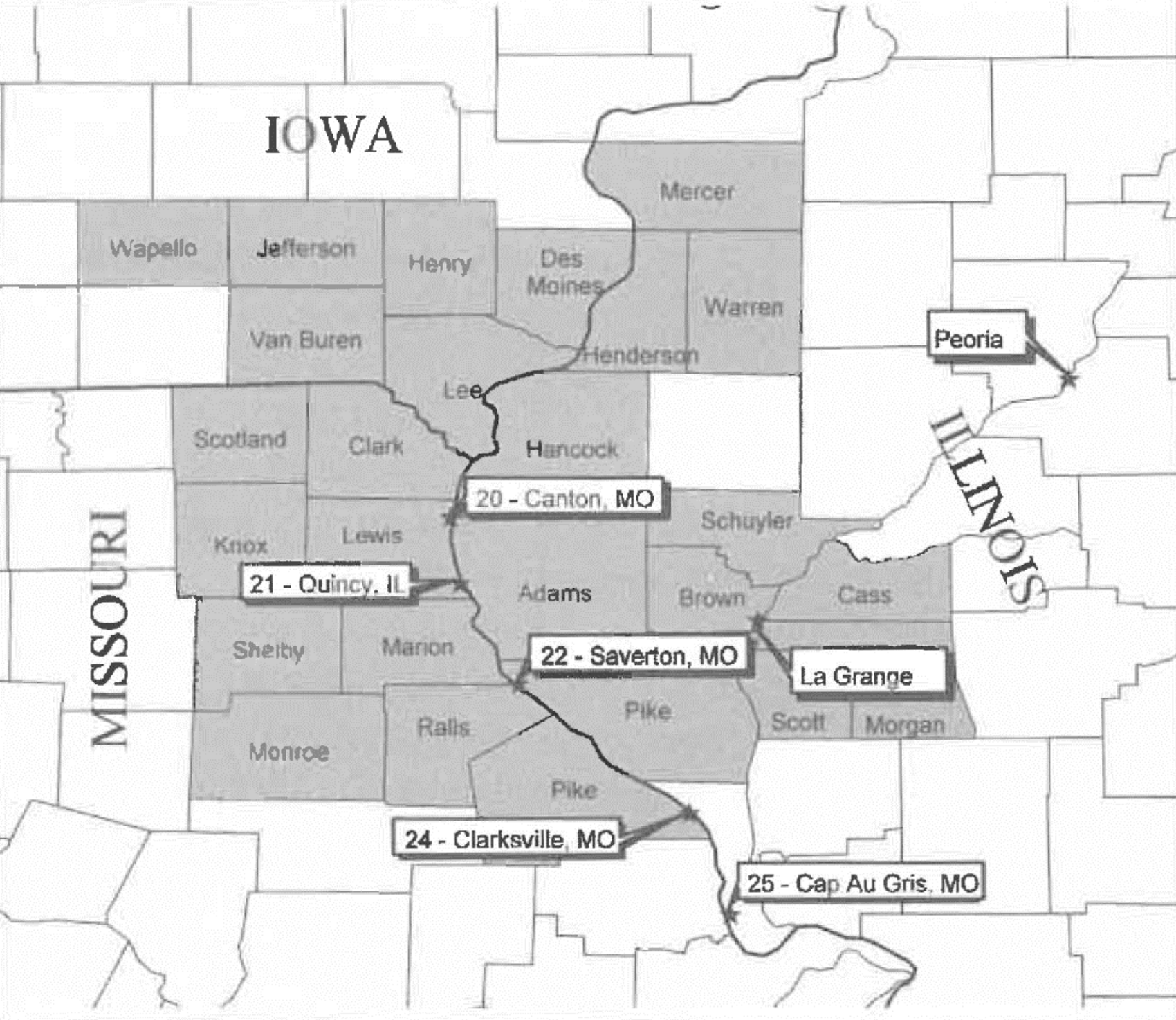Taming the Upper Mississippi, Chapter 7: Building consensus, future directions

EDITOR’S NOTE: Muddy River News has received permission to reprint reviews and chapters from the book, “Taming the Upper Mississippi: My Turn at Watch, 1935-1999,” written by Janice Petterchak. The book reflects on flood protection, navigation and the environment on the upper Mississippi River through the eyes of Quincy engineer William H. Klingner.
The great flood of 1993 opened a lot of eyes to the importance of flood protection. However, it also opened the door for environmental groups to push expanding wetlands, claiming wetlands reduce flooding.
What is left out of that environmental argument is that wetlands get saturated on only a 5- or 10-year storm event, resulting in almost no flood storage benefit or runoff reductions. Water that runs off inside levee districts is retained inside the district, and the runoff is stored until it can be pumped out, usually at no greater rate than 0.5 inches off the watershed in 24 hours.
Depending on the type and size of the rain event, the levee districts act as a large detention basin and can reduce flooding downstream to a much greater extent than wetlands. As Bill Klingner pointed out in letters to Congress, it would be very unwise to take bottomland farms out of production. As the world population grows, the demand for food will only increase. Studies by USACE indicate bottom land farms are on average 15 percent more productive than the expansion of upland farms.
The association, which was so successful in passing the 1954 Flood Control Act, changed its name after the 1993 flood to the Upper Mississippi, Illinois, and Missouri Rivers Association. The association kept flood control as its focus but expanded its mission to include navigation improvements and what the agricultural community felt were reasonable environmental improvements supporting good stewardship of the land — in short, a balanced approach for the upper valley for flood control, navigation and environment.
After the 1993 flood, the association raised money to hire Delft Hydraulics from the Netherlands, a world expert on river issues. They developed an outsider’s perspective on this balanced approach in river management. This 1997 report was used to help guide the association and Congress to authorize a comprehensive flood control study for the upper Mississippi, as passed in the Water Resource Act of 1999. The period after the 1993 flood also awakened the importance of the three states to work together on regional and national funding, leading to the development of the Tri-State Summit and the creation of the Mid-America Port Commission.
Although still not where we need to be, the years 1993-99 created the foundation of this three-state cooperation to work toward river improvements, highway connectivity, tourism, recreational enhancements and economic growth.
Miss Clipping Out Stories to Save for Later?
Click the Purchase Story button below to order a print of this story. We will print it for you on matte photo paper to keep forever.

